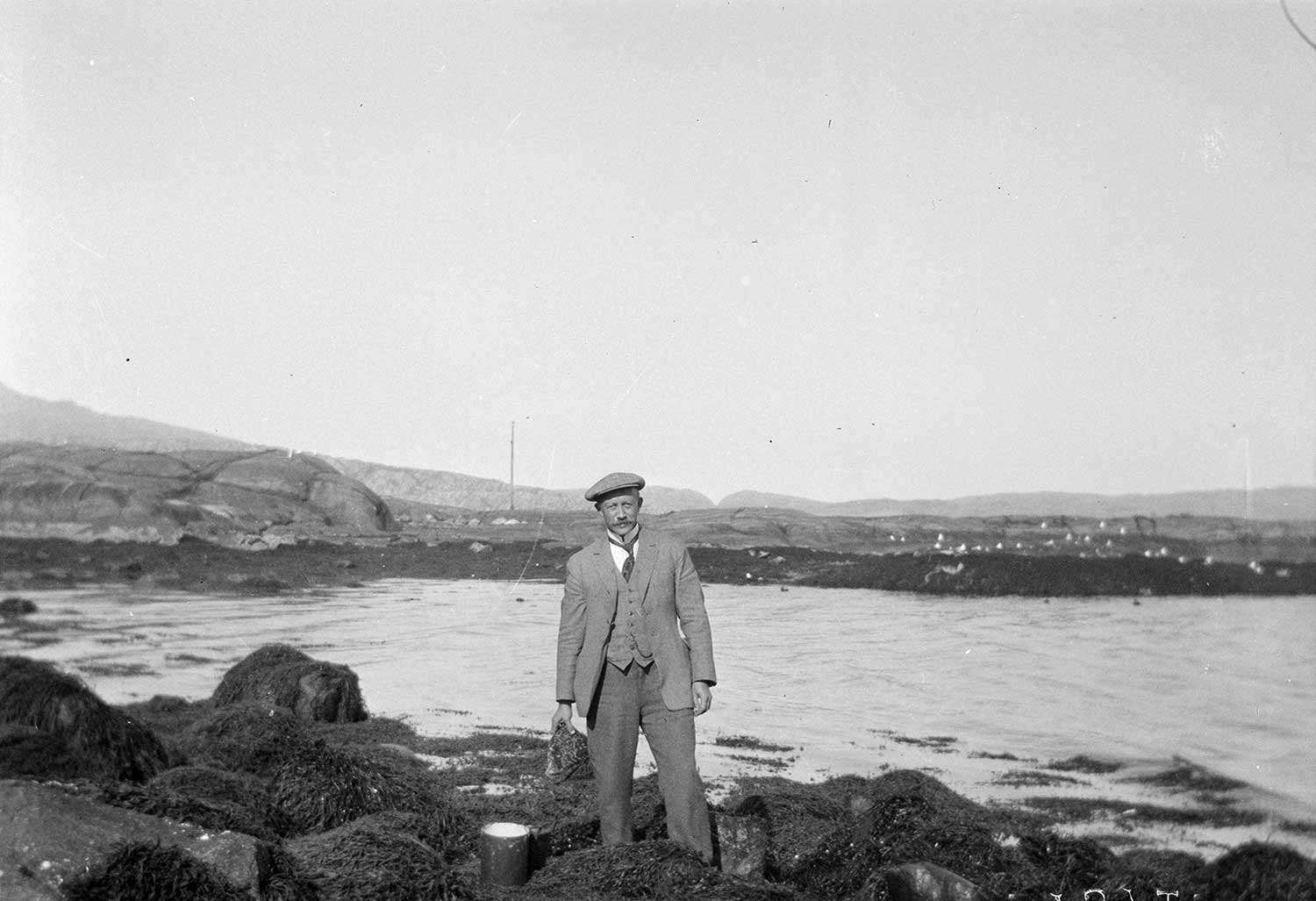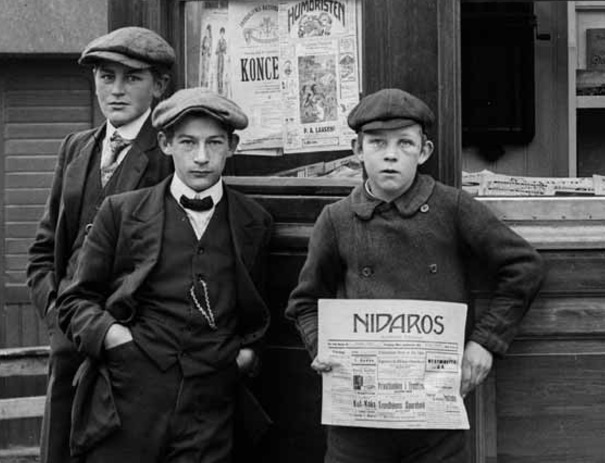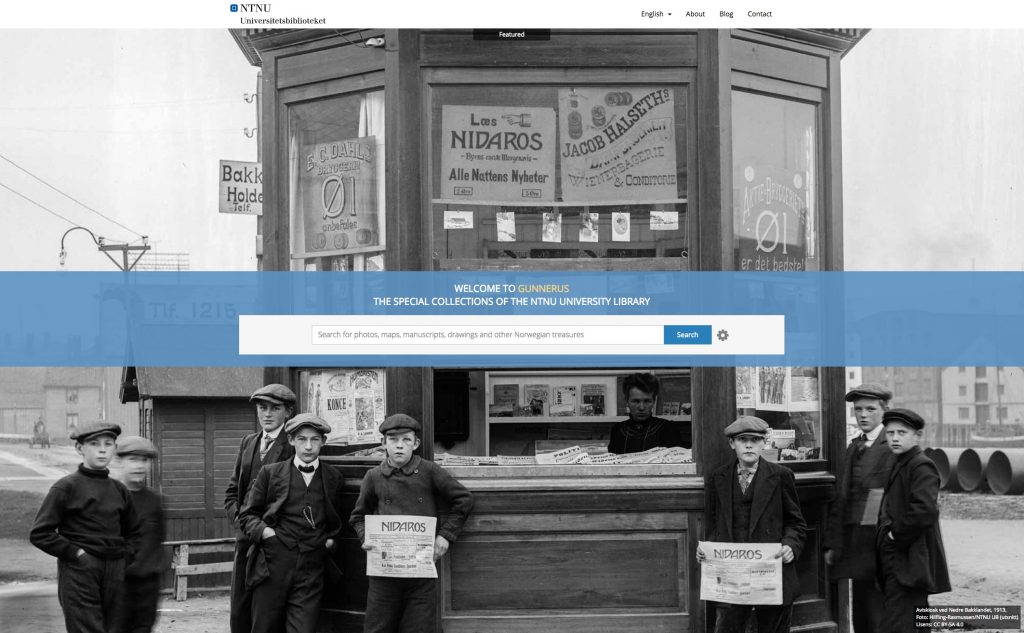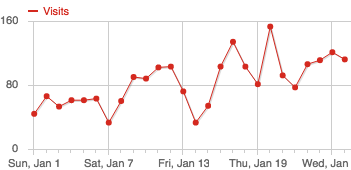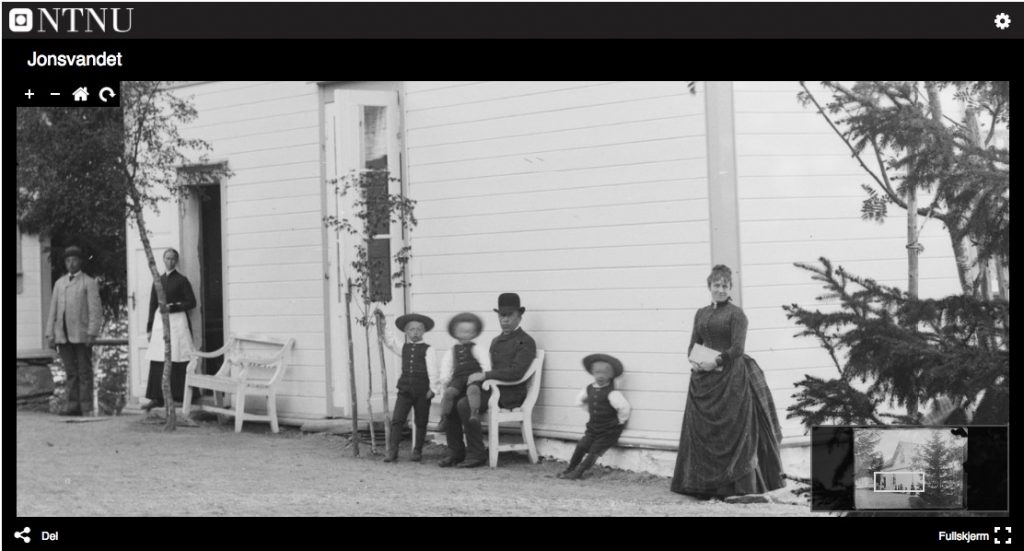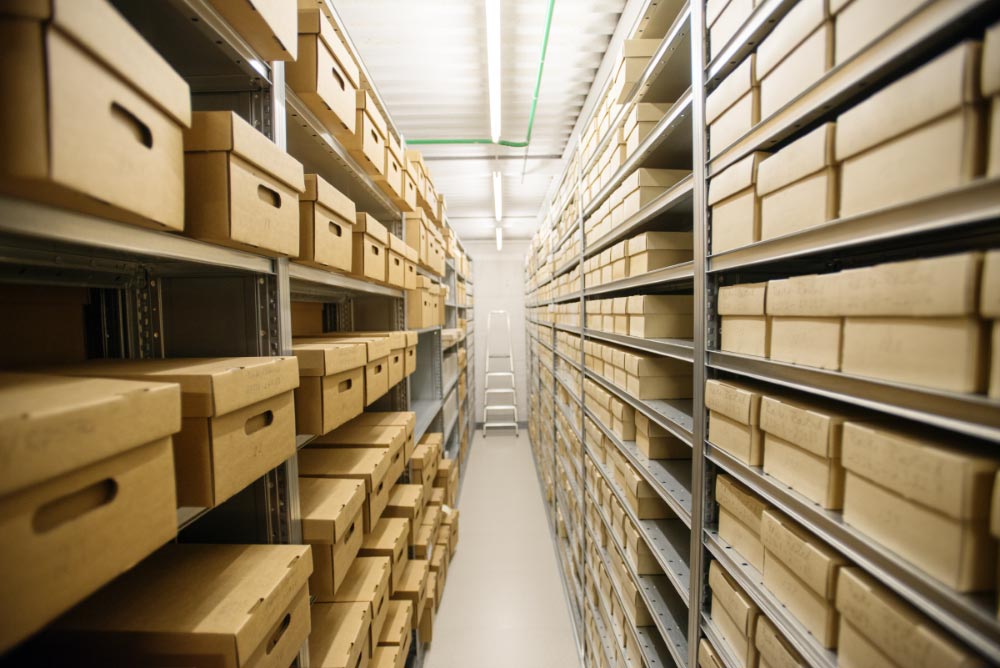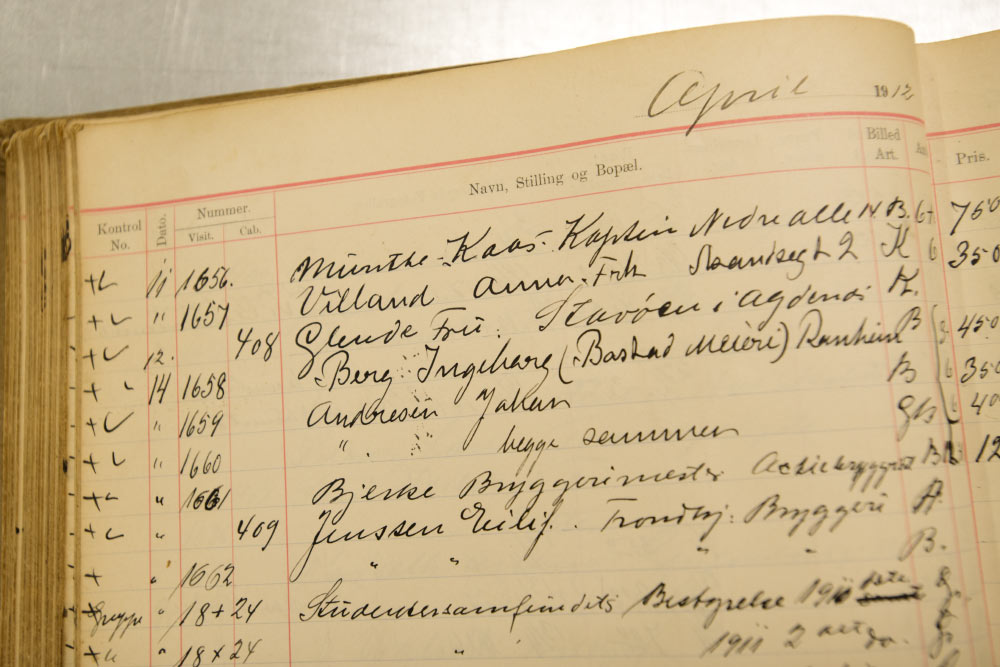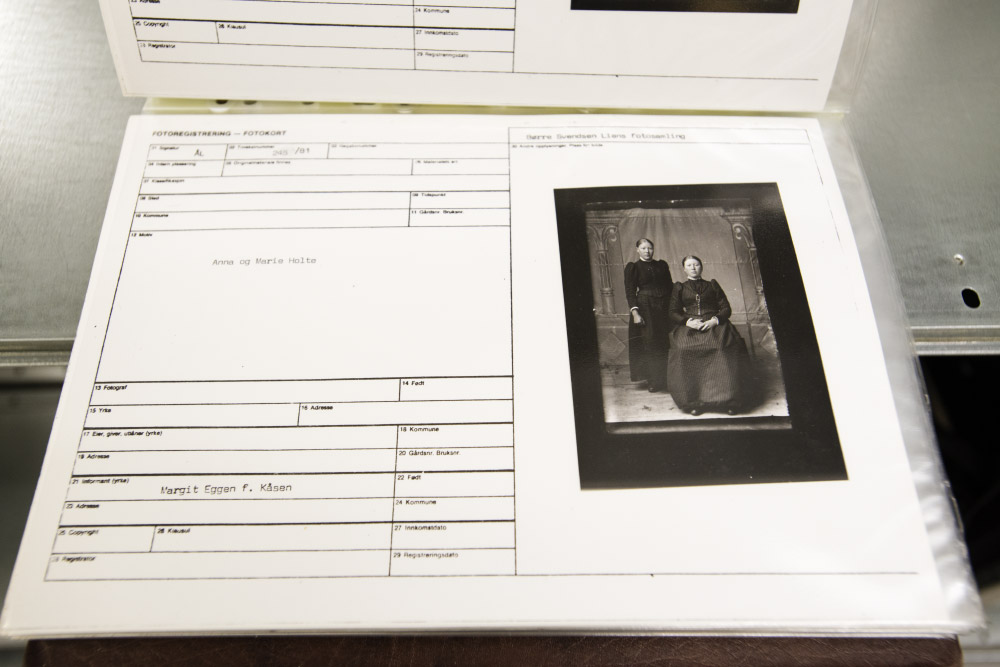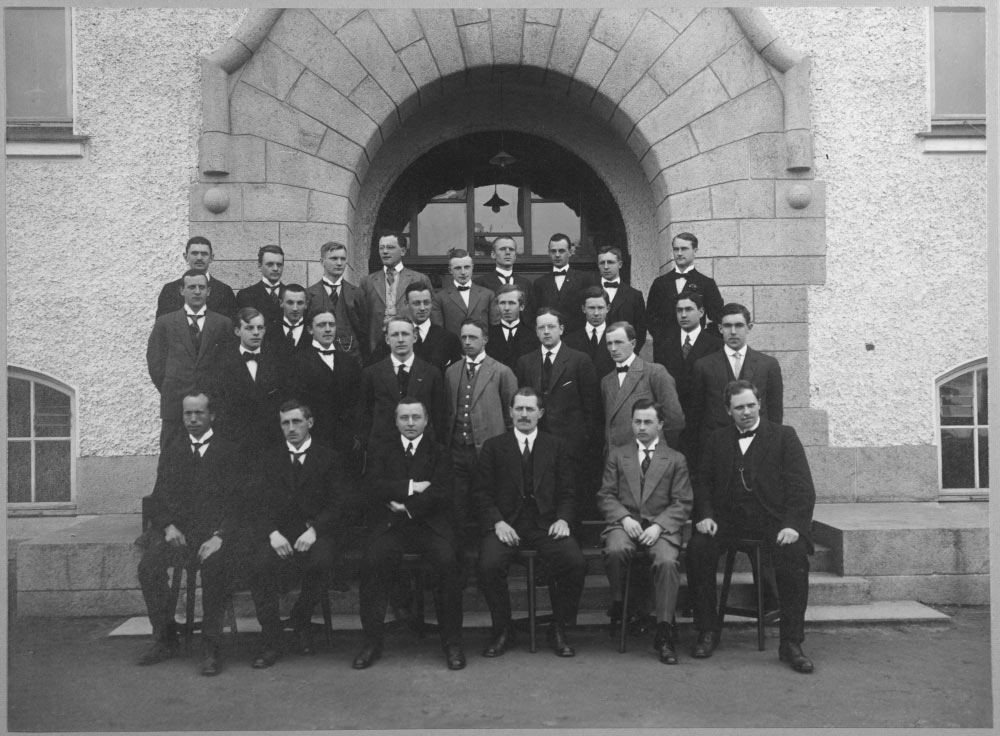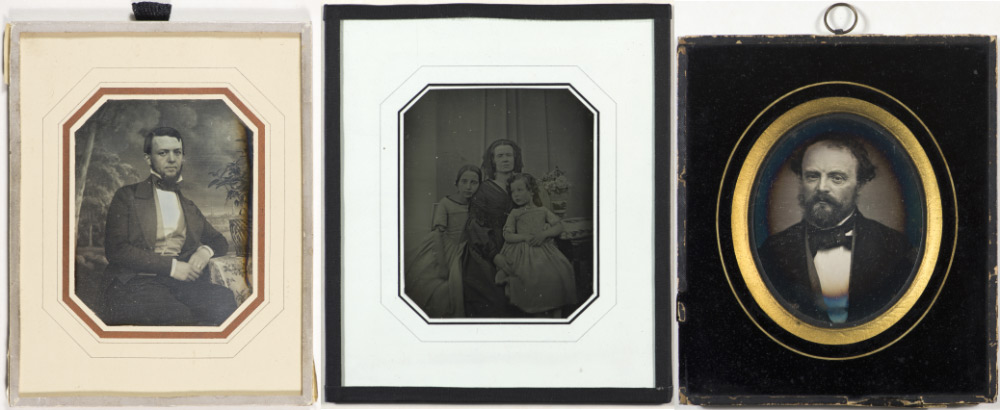One year ago today, Gunnerus.com was launched. Gunnerus.com is the NTNU University Library’s search system for digitised special collections materials and contains photographs, maps, manuscripts, letters and drawings, amongst other document types. How has the use been so far?
New content
During the system’s first 365 days, many historical photographs and documents have the seen the light of fibre optics. Thorvald Boeck’s collection of letters and autographs, the letters of the Royal Norwegian Society of Sciences and Letters between 1760-1862, botanist Mikael H. Foslie correspondence with researchers around the world and zoologist Carl Dons’ photographs from research along the Norwegian coast, with which we are cooperating with the NTNU University Museum.
Because of the 100 year anniversary of the Trondheim student plays, UKErevyen, we’ve also made photographs taken in relation to the plays since 1917 available.
To provide an overview over larger collections like the examples above, a log of publication is now available at Gunnerus.com.
Also, to see documents that have been recently made available, you can make a blank search. To do that, just leave the search field empty, and click search. The most recently published documents appear first.
The numbers
Since the official launch on October 3 2016, 46 879 people have visited Gunnerus.com. They have performer 333 887 searches, downloaded 9744 images and stayed for 6 minutes and 31 seconds on average.
During the last few months, 100-200 people have visited every day.
The most often performed search term is “uniform”, possibly in part because we have a suggested search for it in the Anbefalt (Recommended) section on our front page. Also, our goal is that every image containing a person in a civilian or military uniform is tagged with the word “uniform”. This way we can reach all those who are interested or possibly have more information.
28 539 visitors used a computer, 11 540 visited us using their cell phones and 6697 people used their tablets.
Where do they come from?
There is a quite even distribution of which source our visitors come from. 19 259 enter the address directly, 14 661 have come from links on other websites, while 12 958 have found images and documents via search engines like Google. We expect the numbers to change a bit during the next year because search engine indexing came further in indexing our website this summer.
Links on Facebook have led the way 7011 times. 3111 visitors have come from our own university’s website.
We believe that we have much room for improvement in all categories. Apart from making more of our collection digitally available, we will work to enrich already published documents with more information, integrate more links in our university’s website, collaborate with encyclopaedias like Store Norske Leksikon and contribute to Wikipedia.
We also wish to provide better facilities for visitors to contribute with precise information and are working with our supplier. Especially interesting for us is to provide tools for geolocation and transcription of text.
What do you think?
If you have thoughts or opinions about Gunnerus.com, please leave a message in the comments section below or send us an email.
